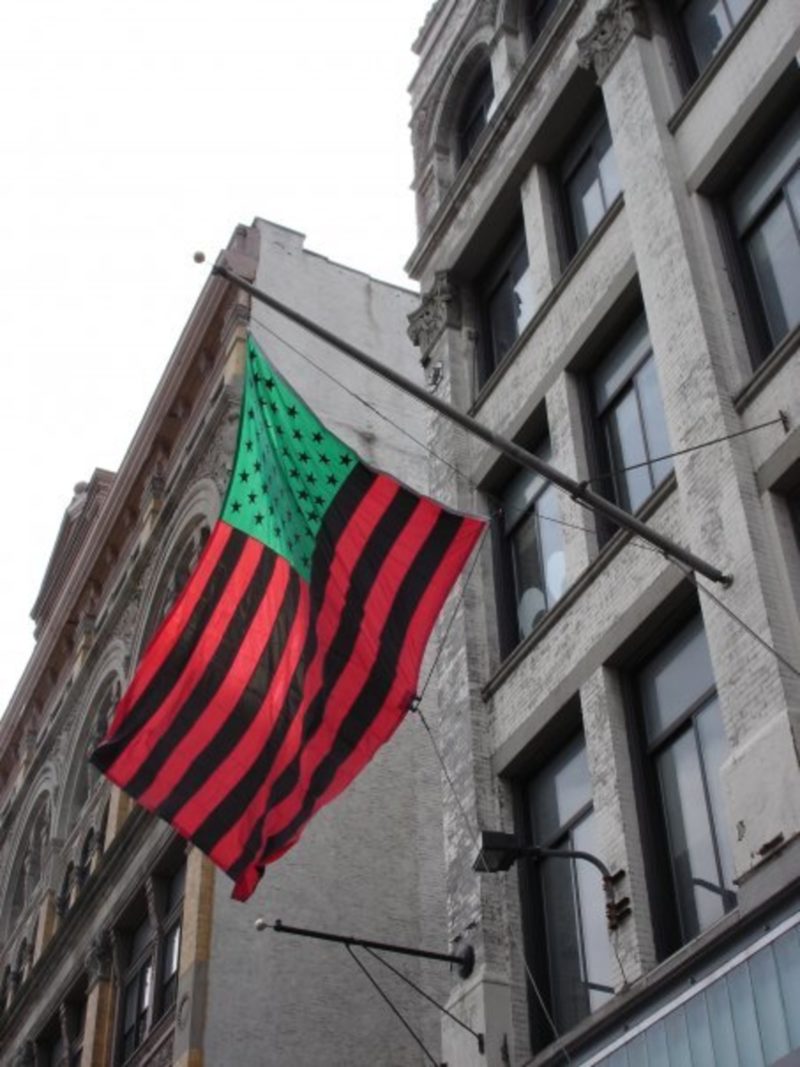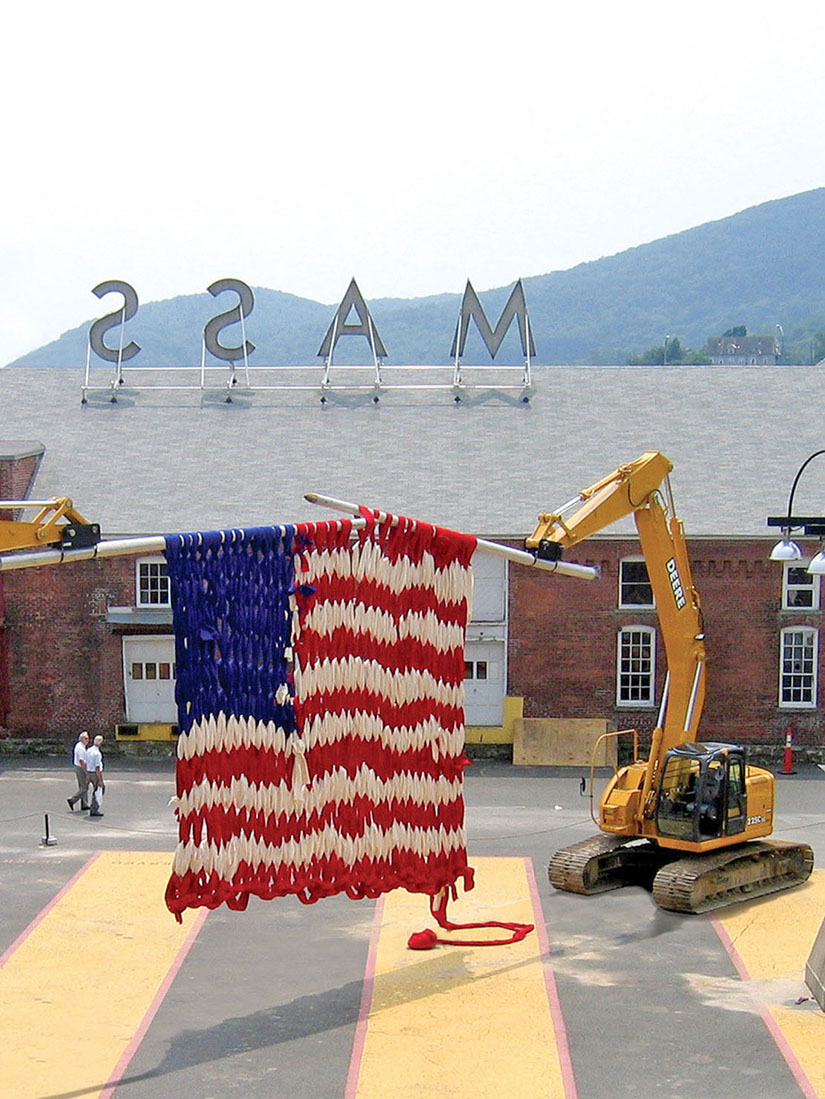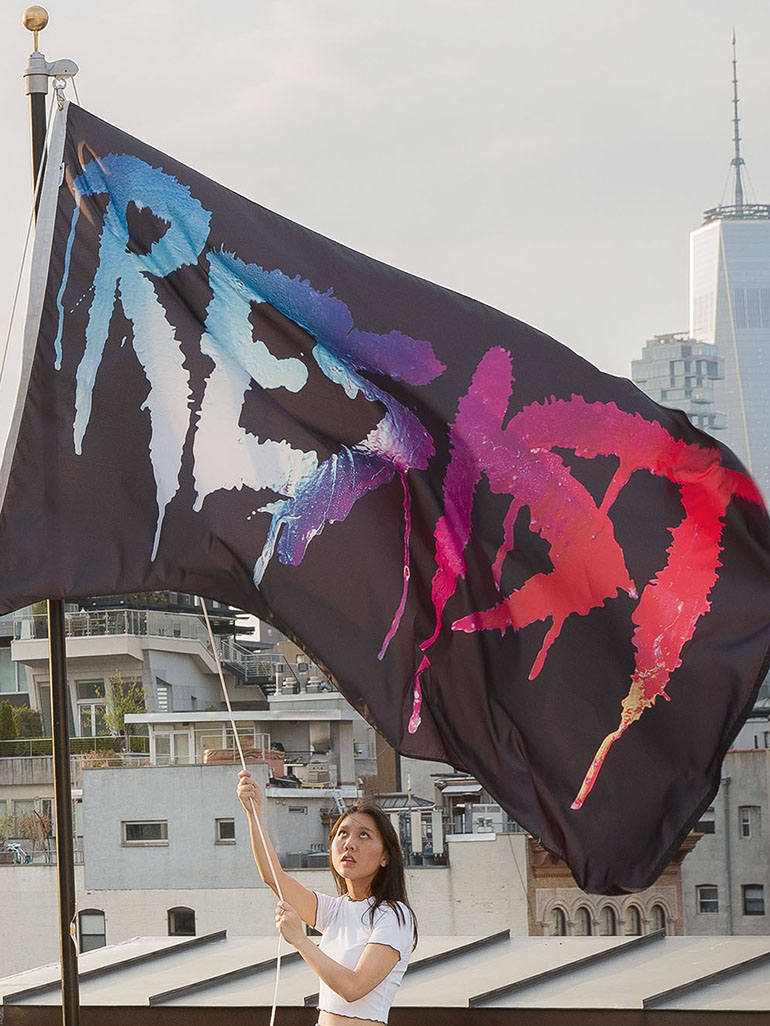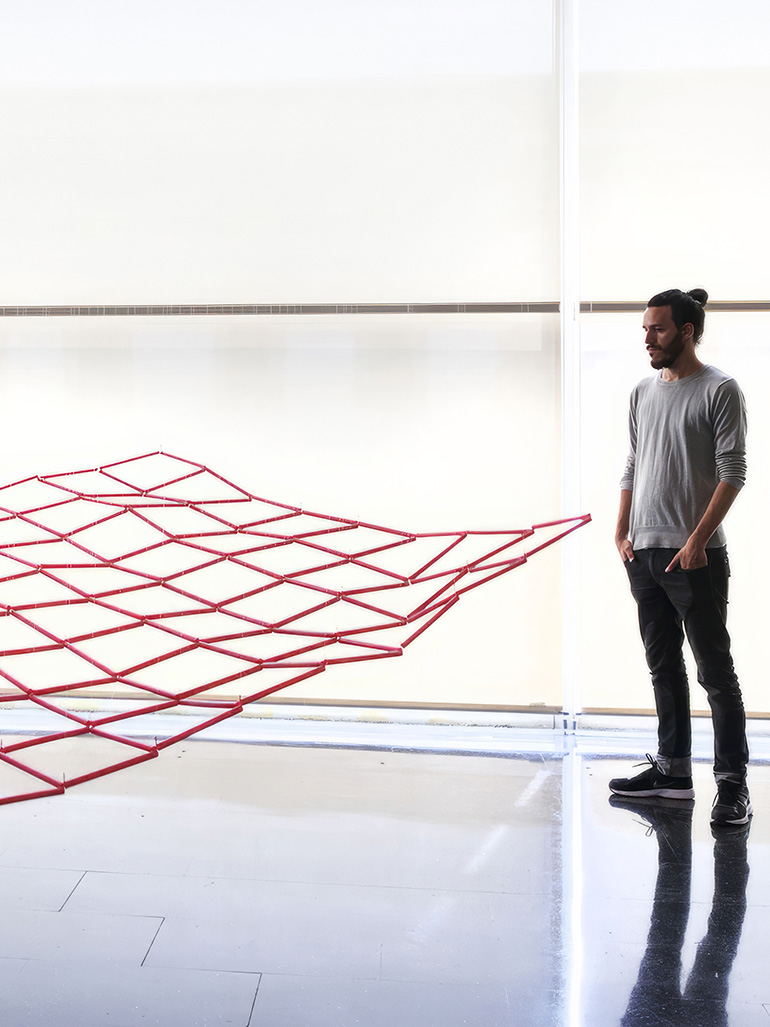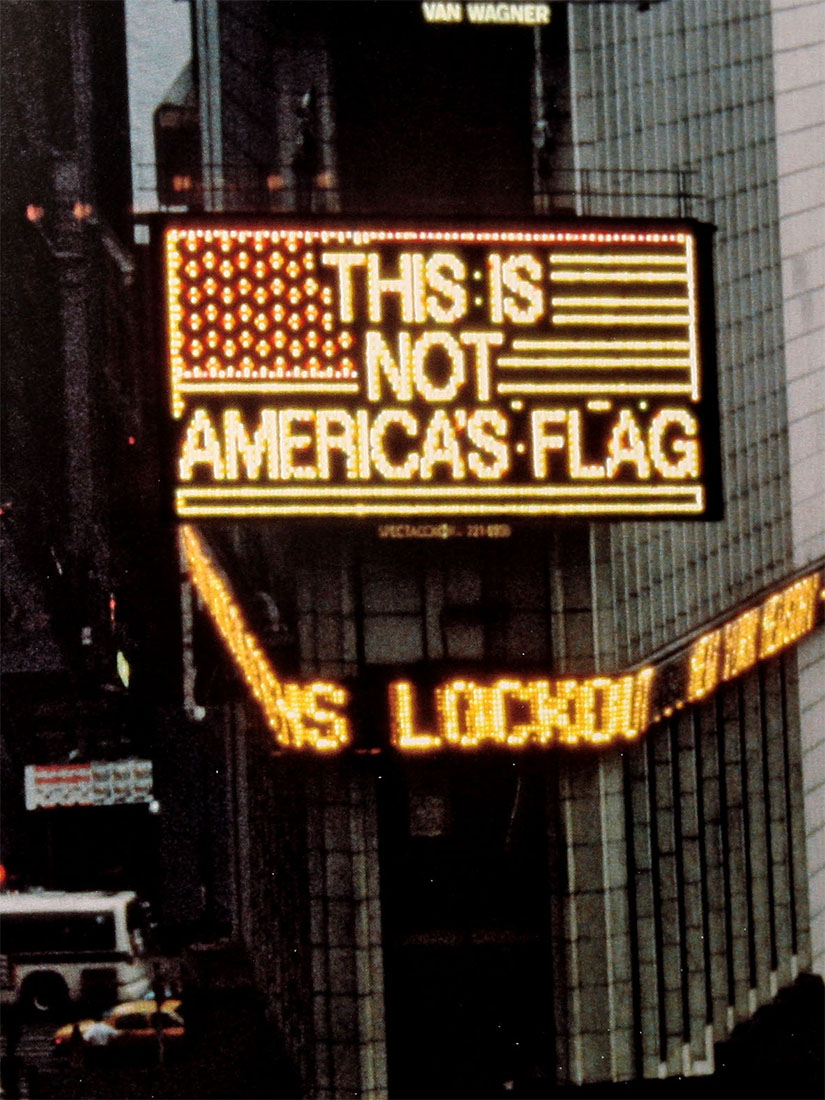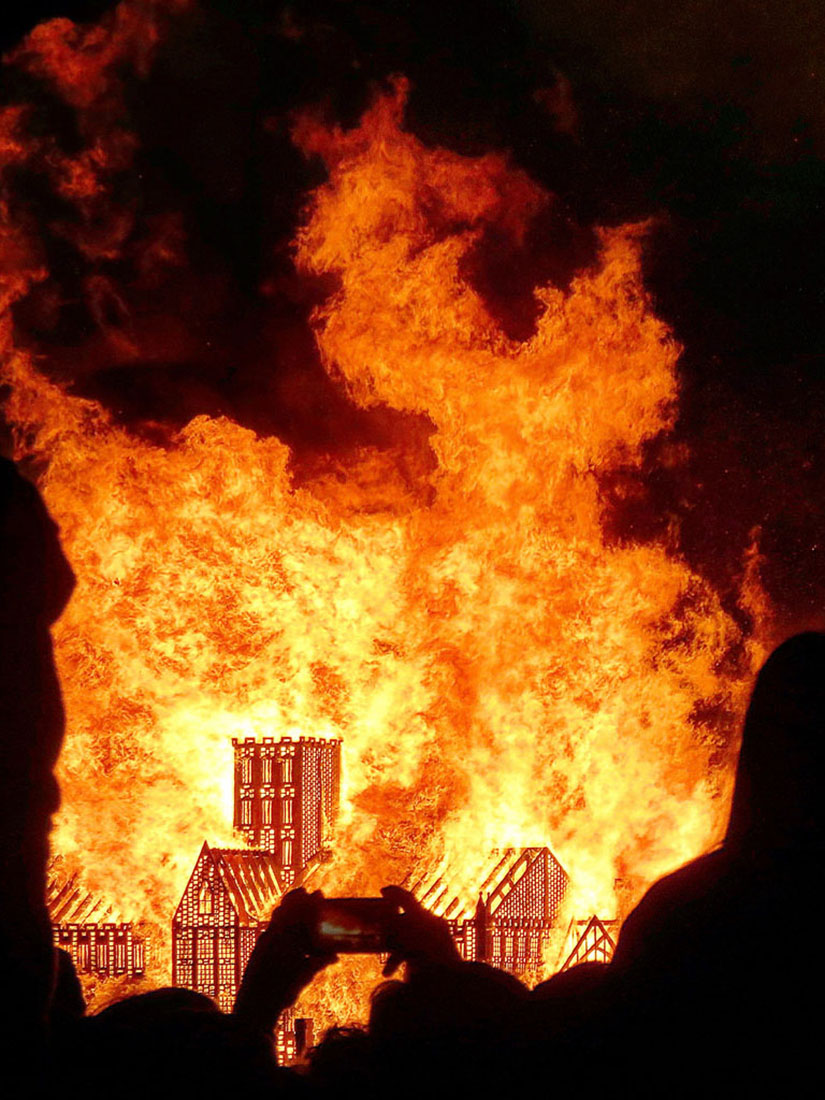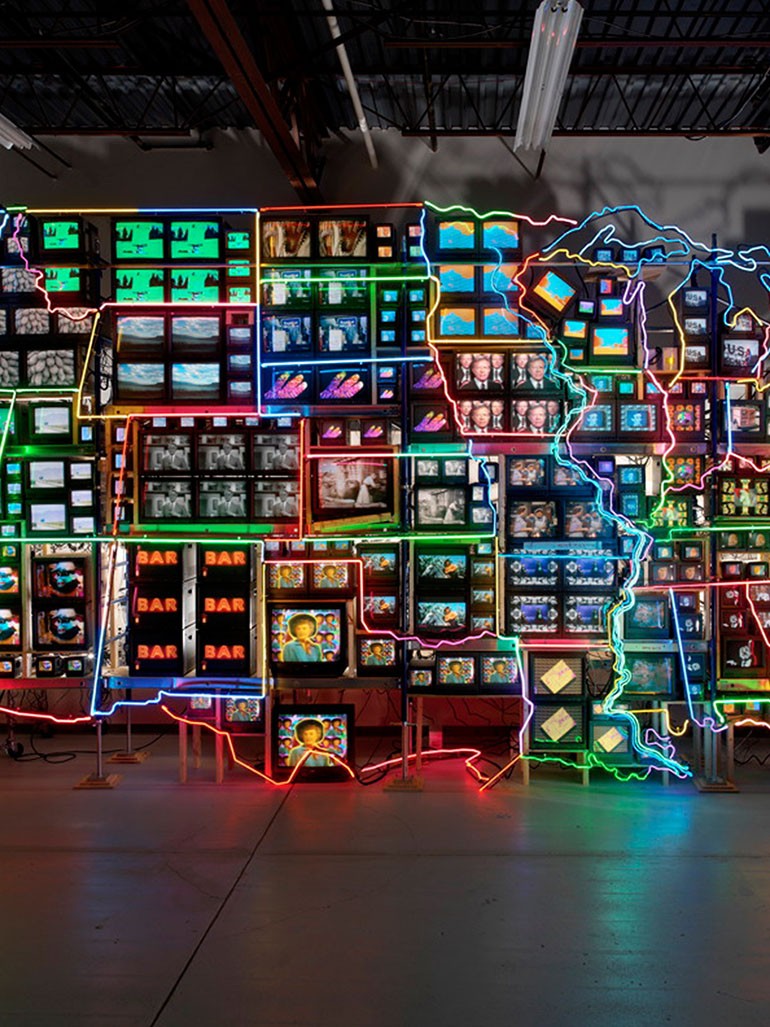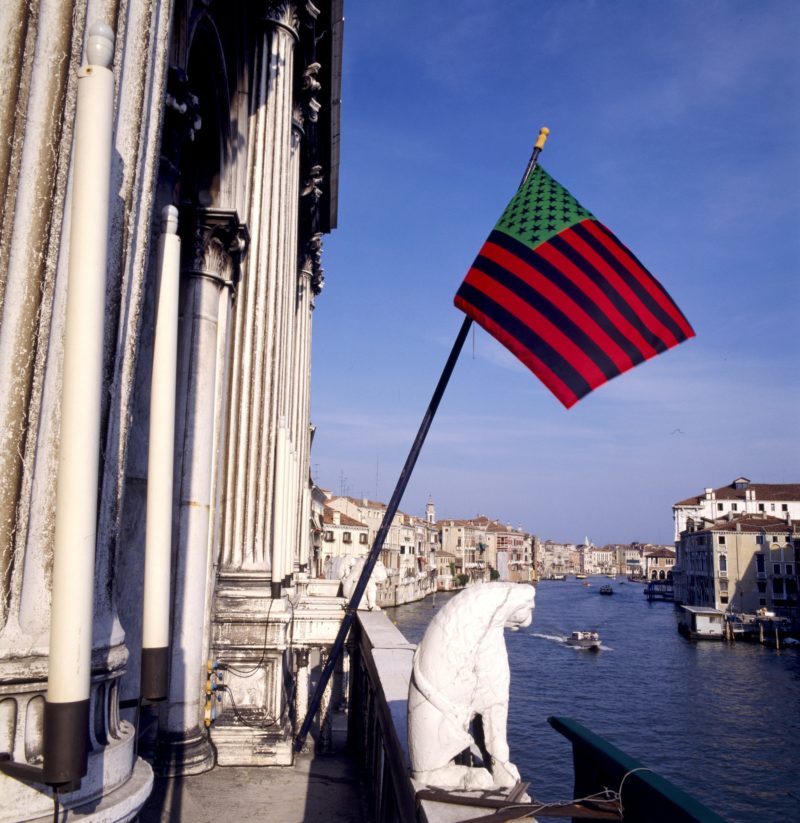
Who is David Hammons?
David Hammons 12 is an American artist born on July 24, 1943, in Springfield, Illinois, United States. He does things on his own volition and has made a trademark of elusiveness sometimes. He doesn’t show up at events, and it is not that he has a plethora of them.
Hammons spent the majority of his life in New York. He also lived in Los Angeles for a decade at the beginning of his artistic career.
Jean-Paul Engelen, Worldwide Co-Head of 20th Century and Contemporary Art at Phillips stated 34 this about the artist:
David Hammons is among the most important and fascinating artists of our time, defined by his political stance and refusal to confine himself to a particular aesthetic or medium. There is, however, a unifying thread in his oeuvre, with his works consistently being insightful, poignant, visually striking and politically engaged. His fickle relationship with the art world establishment and the inherent political commentary in his work reflects the complications of the time we live in, resulting in his unique way of visualizing the different truths we each experience.
Engelen’s words came after it was announced that The African-American Flag would be offered in the Evening Sale of 20th Century & Contemporary Art on Wednesday, May 16, 2019.
African-American Flag
African-American Flag is one of the artist’s best-known works, created in 1990 for the Black USA exhibition at Amsterdam’s Museum Overholland, running from April 7 to July 29, 1990.
The flag contains red, black, and green colors. It was used in the exhibition to create awareness of the lack of coverage of African-American artists in Europe. During this event, seven artists were selected, among them David Hammons, but no African-American women were featured in the exhibition.
For so long, the flag has been a recurring element in the artist’s work, and it figures in Hammons’ earlier body print works. Hammons has a unique style of working, which doesn’t include any mediums, academic theory, or any formal. He was once sensationally quoted saying 56:
I can’t stand art, actually. I’ve never, ever liked art, ever.
Hammons’s artful work conveys the black linguistic act of signifyin 78. Henry Louis Gates 910 defined the term signifyin as the quintessential version of black creativity.
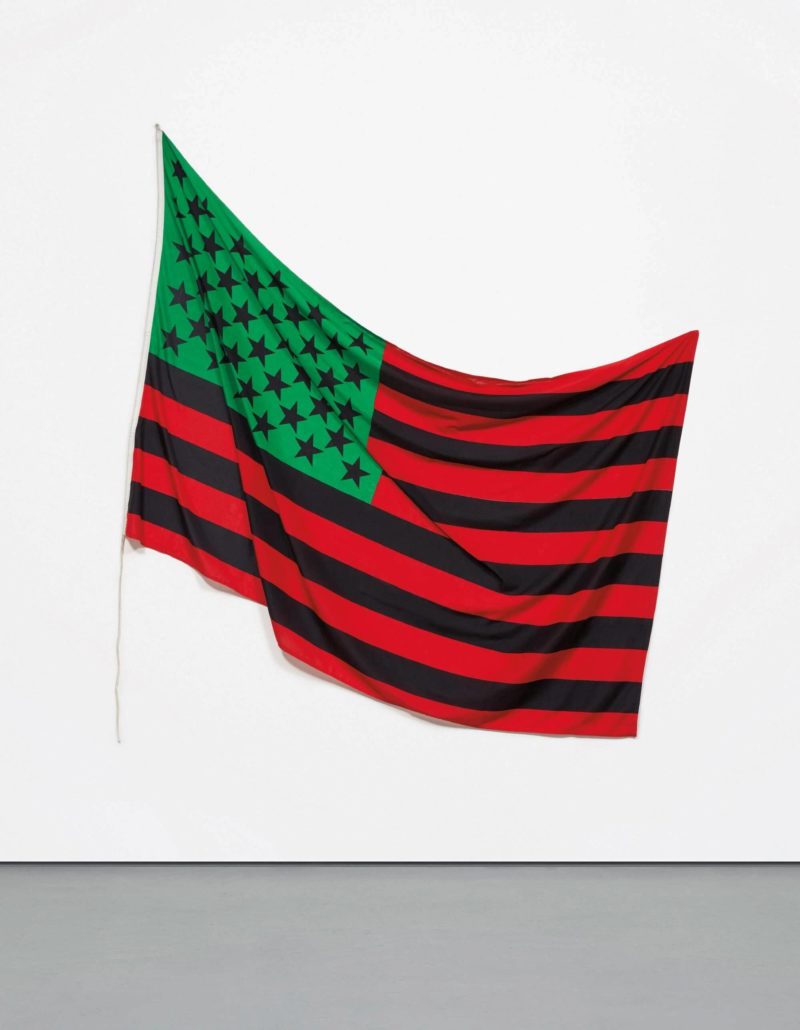
Inspiration
Hammons was inspired by two contrasting symbols: the U.S flag and the Pan-African flag adopted by the group Universal Negro Improvement Association 1112 (UNIA) by Marcus Garvey and African Communities League in 1920.
He merged two flags to evoke a conversation about the feeble history behind the flag of the United States and the mixed messages it conveys about their history. The design of the flag also drew some inspirations from the Watts riots 1314 that took place in the region of Watts in Los Angeles 15 between August 11 and 16, 1965.
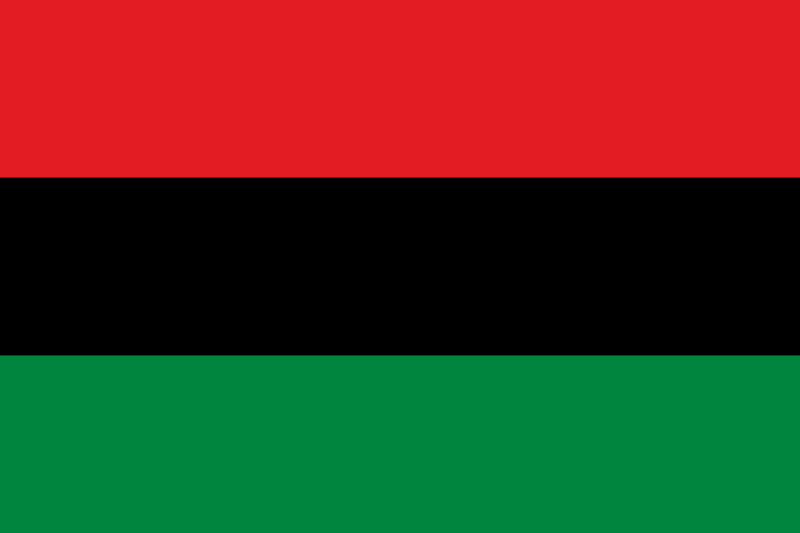
Analysis
The American Flag tries to seek silent answers to the questionable maltreatment of African-Americans in the United States. It also sends a message about the misinterpretation and double standards and deception prevalent in being black in America.
The flag delivers a sense of pride and confirms the presence of African-Americans in the United States and that being black and American are one and the same thing.
The colors of the flags also carry significant meaning. The red signifies the blood, while the green represents the skin tone and the wealth left behind by the ancestors of the African-American when they were forced into slavery.
For many decades, the flag has become an identity to Harlem, linking it to modern arts and the diaspora. This African-American Flag is recognized as a massive political statement for the African-American community.
In African-American Flag and other works, Hammons regularly instills potent symbols with a new connotation. Instead of collaborating directly with Pan-Africa, the artist’s borrowing of its colors within the context of the original American flag is a timely reminder of the countless contributions made by black Americans all through America’s history.
Hammons blends the two items to create a brand new flag of the United States. Thus he assumes a new, unique black power that stands for those individuals that the traditional flag has for a long time, not represented.
There are several accepted myths about the origins and the meaning of the original American flag that is not grounded in fact. Nevertheless, it is universally viewed as an emblem of freedom and justice.
Yet, America’s walk from a colonial garrison to a farsighted nation as well as a world power is tangled with Native American slaughter, four centuries of slavery, Japanese confinement, Jim Crow, along with the latest backlash against immigrants and Muslims. On the other hand, The African-American Flag is a motif for a people, a shared history, experience, and viewpoint.
Where is the flag now?
In 2014, The African-American Flag was shown at the grand opening of Jack Shainman’s upstate New York space in Kinderhook. It is flying on the top of a pole in front of an old school building that currently houses white-walled rooms. The African-American Flag anticipated an inaugural display of works by fellow performing art and sculptor Nick Cave 16.
The flag also flew atop a pole in Long Island City, welcoming visitors to MoMA PS1’s Greater New York exhibition of 2015. Since it was created, The African-American Flag has been featured in the broader world of art, drawing attention to the satire that threads the artist’s work.
After flying high for many years outside the Studio Museum in Harlem, the African American Flag was acquired by the Broad in Los Angeles. This made it the first work by David Hammons to feature in the museum’s collection.
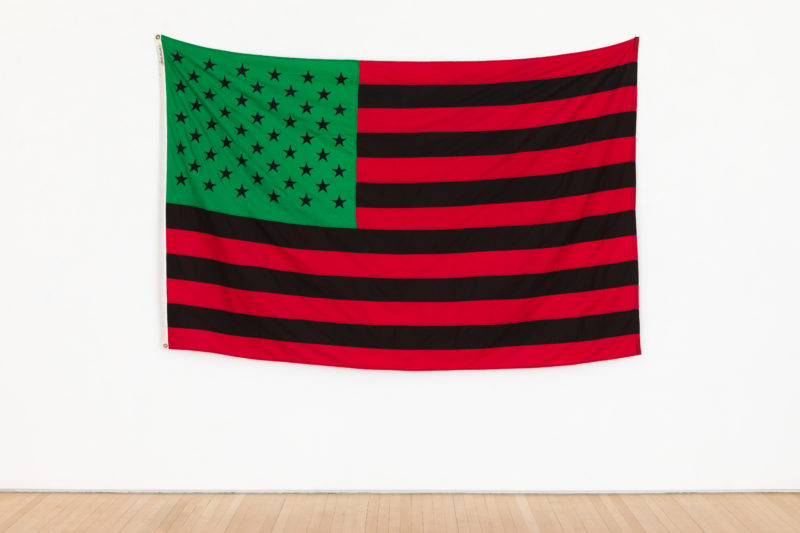
Another edition of the flag still flies outside the courtyard of the Studio Museum in Harlem. It is usually made to fly every Fourth of July in most African-American communities and schools, serving as an education for the younger generation.
The flag is also a big part of the permanent collection of the Museum of Modern Arts in Los Angeles. Through this emblem, Hammons raised racial awareness as well as the stereotypic questions in the United States.
